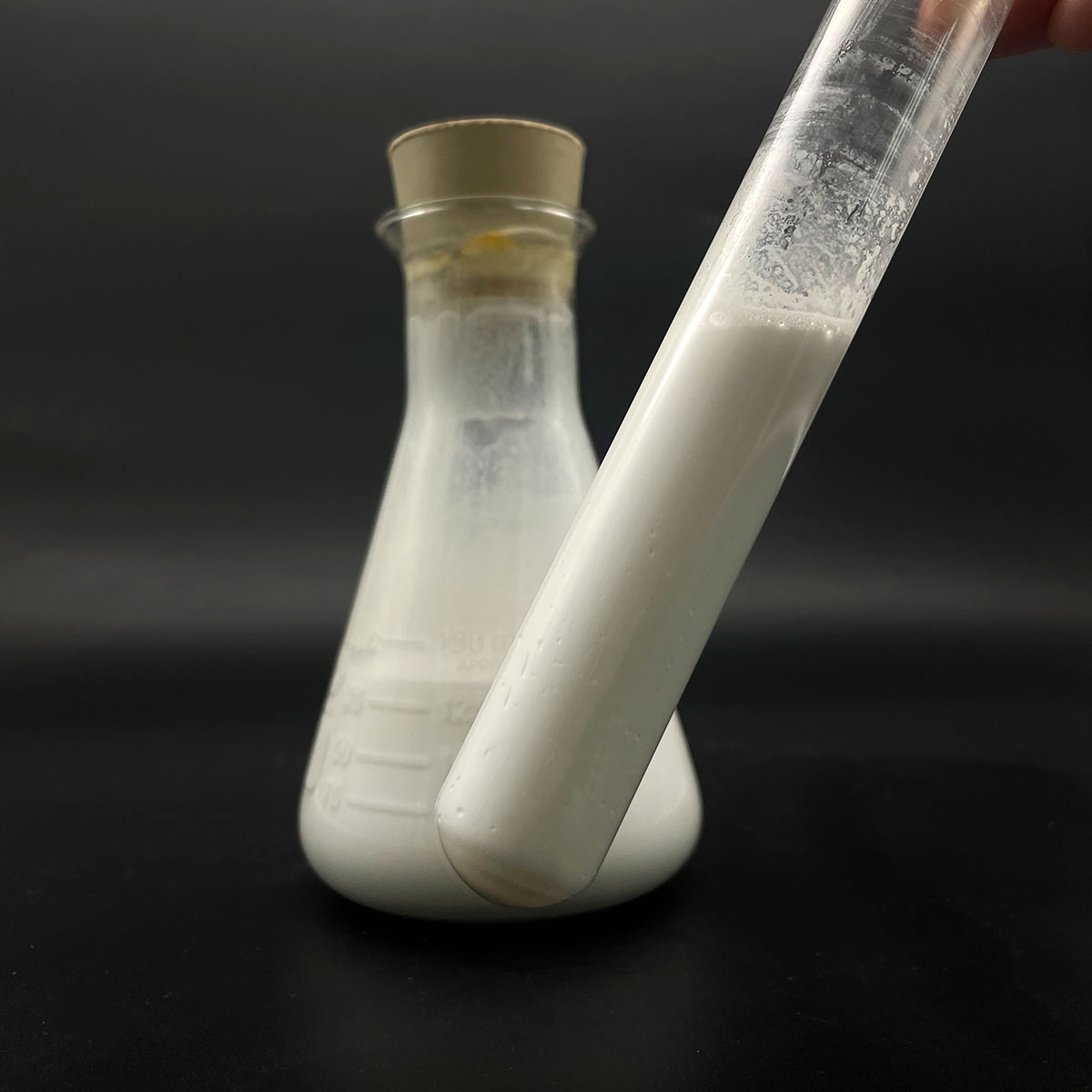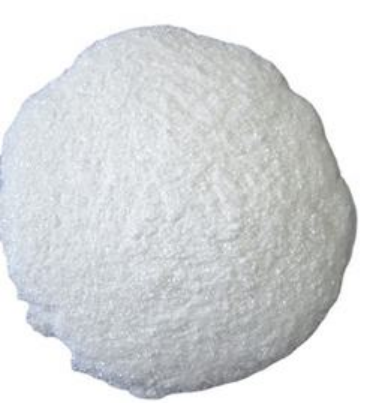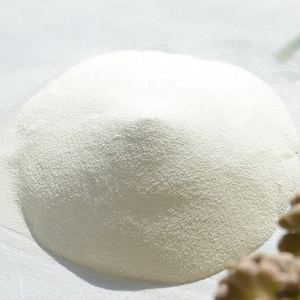1. Introduction
Just 24 hours ago, a major cosmetics brand announced it would phase out sodium lauryl sulfate from all its shampoos and body washes by 2025, citing growing consumer demand for gentler, bio-based cleansers. This move reflects a broader industry shift away from harsh surfactants toward milder alternatives like alkyl polyglucoside and coco glucoside—ingredients that clean effectively without irritating sensitive skin.

At the heart of this conversation is sodium lauryl sulfate (SLS), one of the most common—and controversial—anionic surfactants in use today. But what exactly is SLS, and why does it appear in everything from toothpaste to herbicides? Let’s break it down.
2. What Is Sodium Lauryl Sulfate?
Sodium lauryl sulfate (SLS), also known as sodium dodecyl sulfate or natrium lauryl sulfate, is a synthetic surfactant derived from lauryl alcohol (often sourced from coconut or palm kernel oil). Chemically, it’s classified as an anionic surfactant due to its negatively charged hydrophilic head.
The meaning of surfactant? It’s short for ‘surface-active agent’—a compound that reduces surface tension between liquids or between a liquid and a solid. This property allows SLS to lift oil, grease, and dirt from surfaces, making it a powerful foaming and cleansing agent.
3. How SLS Works in Everyday Products
In shampoos, soaps, and toothpastes, SLS creates that rich lather consumers associate with ‘clean.’ It’s also used in industrial cleaners, laundry detergents, and even as a wetting agent for grass in lawn care products. Farmers sometimes add SLS or similar surfactants like polysorbate 80 to herbicides to help the solution stick to waxy plant leaves—a practice known as using a surfactant for weed killer.
Despite its effectiveness, SLS can be harsh. It may strip natural oils from skin and hair, leading to dryness or irritation—especially in people with eczema or sensitive skin.
4. SLS vs. SLES: What’s the Difference?

Don’t confuse sodium lauryl sulfate (SLS) with sodium laureth sulfate (SLES), also called sodium lauryl ether sulfate or sodium lauryl ether sulphate. While both are anionic surfactants, SLES is ethoxylated—meaning it’s been treated with ethylene oxide—which makes it milder and less irritating than SLS.
You’ll often see labels listing ‘sls sodium laureth sulfate’ or ‘laureth sulphate’—but these refer to SLES, not SLS. The terms ‘sls sulfate’ or ‘sulfate laureth’ are sometimes misused in marketing, so always check the full ingredient name.
5. Common Alternatives to SLS
As awareness grows, formulators are turning to gentler, often plant-derived surfactants. Popular options include:
- Decyl glucoside and coco glucoside (non-ionic surfactants from coconut and glucose)
- Sodium cocoyl isethionate and sodium lauroyl methyl isethionate (mild anionic surfactants used in syndet bars)
- Cocamidopropyl betaine (also called coco betaine or amidopropyl betaine), an amphoteric surfactant that boosts foam and reduces irritation
- Sodium coco sulfate (a milder cousin of SLS, sometimes labeled as coco sodium sulfate)
- Sodium lauroyl sarcosinate and sodium cocoyl glutamate (amino acid-based cleansers)
These alternatives are often labeled as ‘bio surfactants’ because they’re biodegradable and derived from renewable resources.
6. Other Surfactant Types: Anionic, Cationic, Non-Ionic, and Amphoteric

Surfactants fall into four main categories based on their charge:
- Anionic surfactants (like SLS, ammonium lauryl sulfate, and sodium dodecylbenzene sulfonate) carry a negative charge and are great cleansers.
- Cationic surfactants (such as cetyl trimethyl ammonium bromide or cetyltrimethylammonium bromide) are positively charged and used in conditioners for their anti-static properties.
- Non-ionic surfactants (like polysorbate 80, Span80, Pluronic 127, and ethoxylated alcohols) have no charge and are often used as emulsifiers or wetting agents.
- Amphoteric surfactants (including cocamidopropyl betaine) can switch charge depending on pH, making them very skin-friendly.
Some specialty surfactants—like fluoro surfactants or sodium deoxycholate—are used in labs or pharmaceuticals, while lignin sulfonate serves as a dispersant in agriculture.
7. Safety, Myths, and Misconceptions
Despite viral claims, SLS is not carcinogenic. Regulatory bodies like the FDA and EU Cosmetics Regulation deem it safe at typical use levels. However, it can cause irritation—especially in leave-on products.
Note: SLS is sometimes confused with sodium laureth sulfate (SLES), which may contain trace 1,4-dioxane (a potential contaminant from ethoxylation). But SLS itself does not.
For those seeking ‘sodium lauryl sulfate for sale’ for DIY formulations, it’s widely available—but always handle with care and consider milder options like methylated seed oil blends or alkyl polyglucoside for home use.
8. The Future of Surfactants
Companies like Rohit Surfactants Private Limited are investing in green chemistry, developing bio surfactants from sugar, coconut oil, and even microbial fermentation. Ingredients like lauroyl sarcosinate and coco amido propyl betaine are gaining traction in ‘sulfate-free’ products that still lather well.
Even in agriculture, nonionic surfactants and lawn wetting agents are replacing older, harsher formulas to improve herbicide efficiency without harming soil health.
9. Conclusion
Sodium lauryl sulfate remains a workhorse surfactant thanks to its powerful cleaning ability and low cost. But as consumers demand gentler, eco-friendly options, the market is rapidly evolving. Whether you’re choosing a shampoo, a weed killer, or a facial cleanser, understanding the difference between SLS, SLES, and alternatives like decyl glucoside or cocamidopropyl betaine empowers you to make informed choices—without sacrificing performance.
Our Website founded on October 17, 2012, is a high-tech enterprise committed to the research and development, production, processing, sales and technical services of ceramic relative materials such as Sodium. Our products includes but not limited to Boron Carbide Ceramic Products, Boron Nitride Ceramic Products, Silicon Carbide Ceramic Products, Silicon Nitride Ceramic Products, Zirconium Dioxide Ceramic Products, etc. If you are interested, please feel free to contact us.


